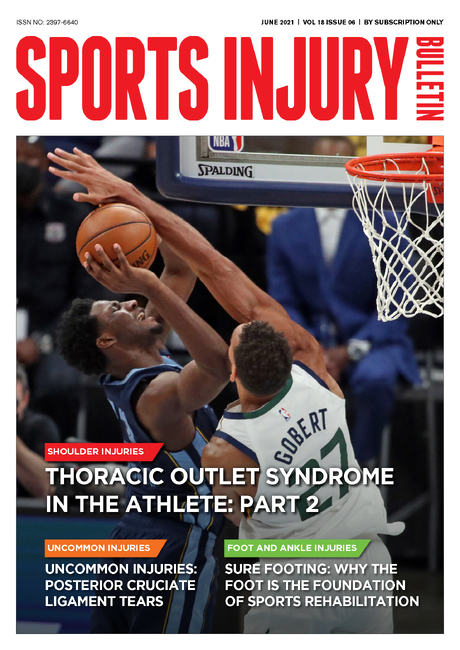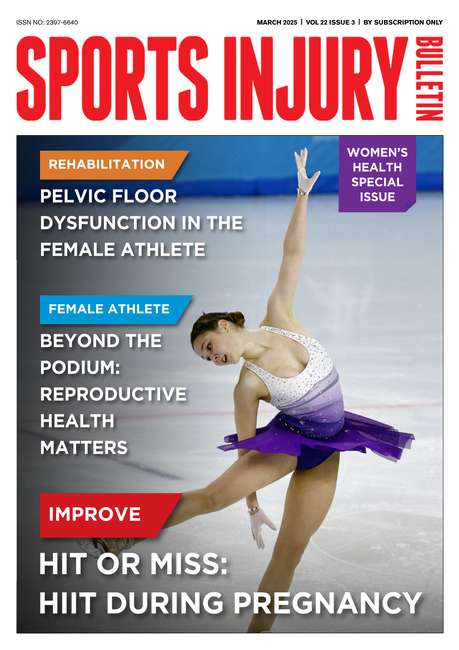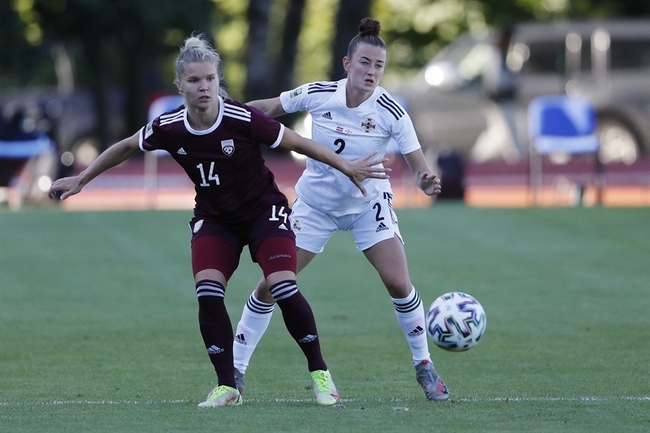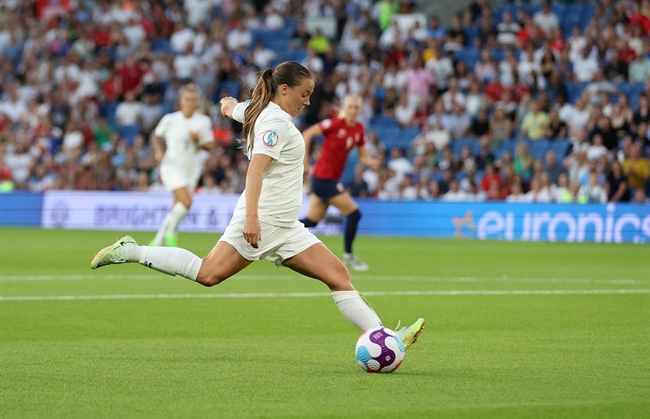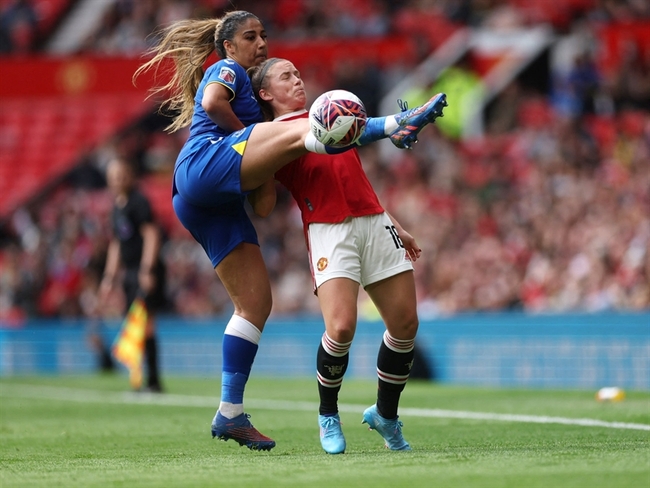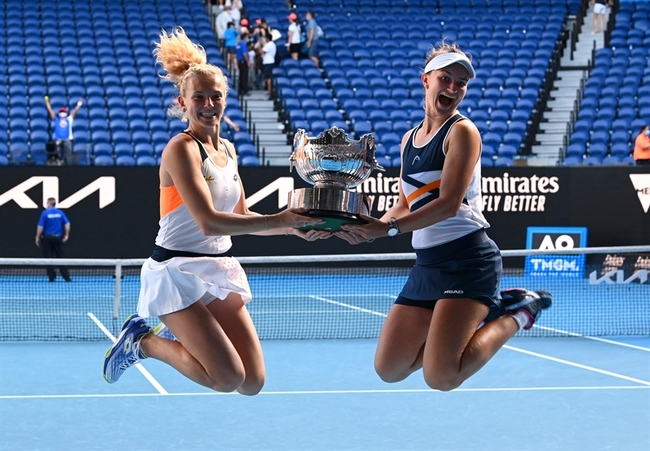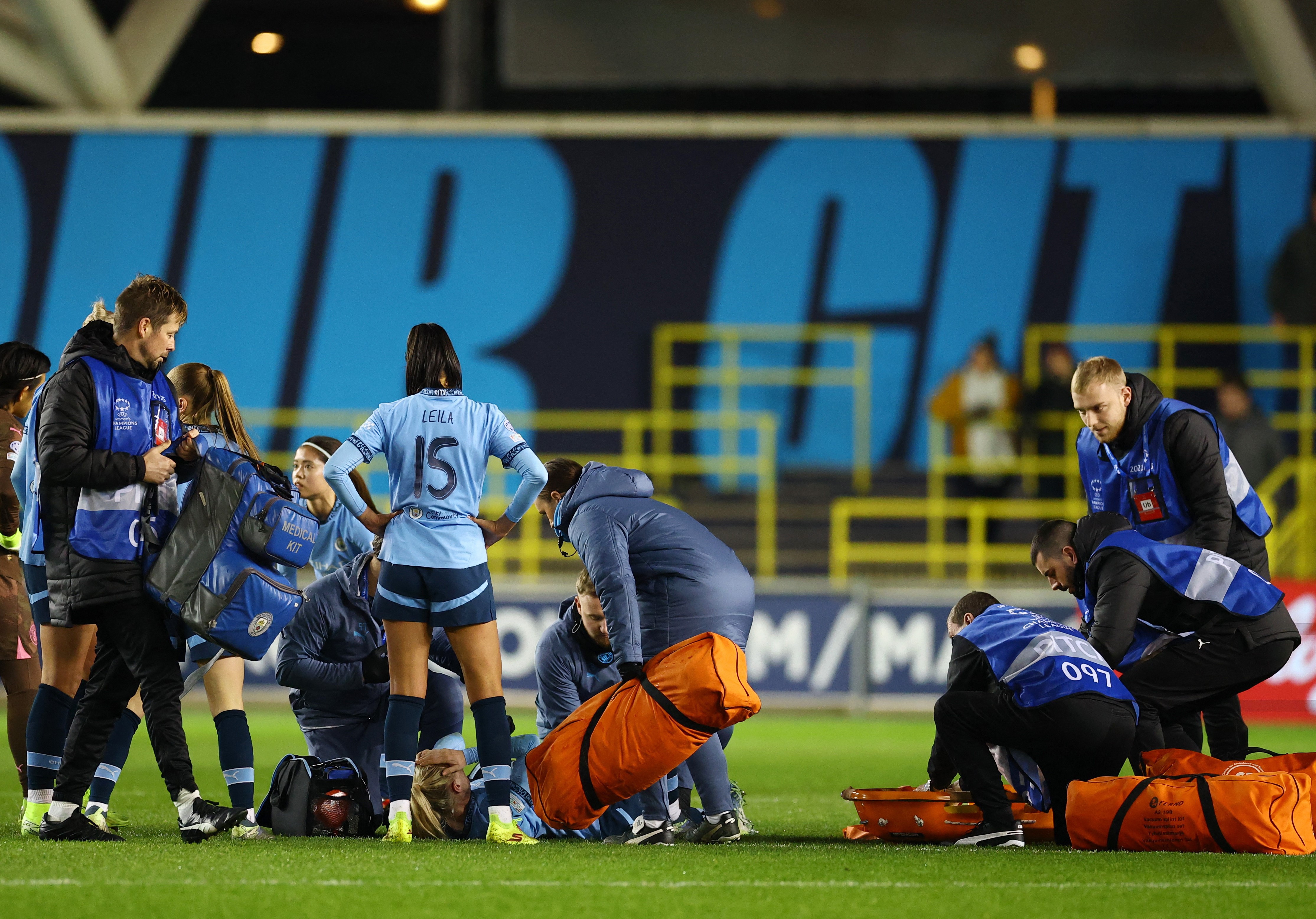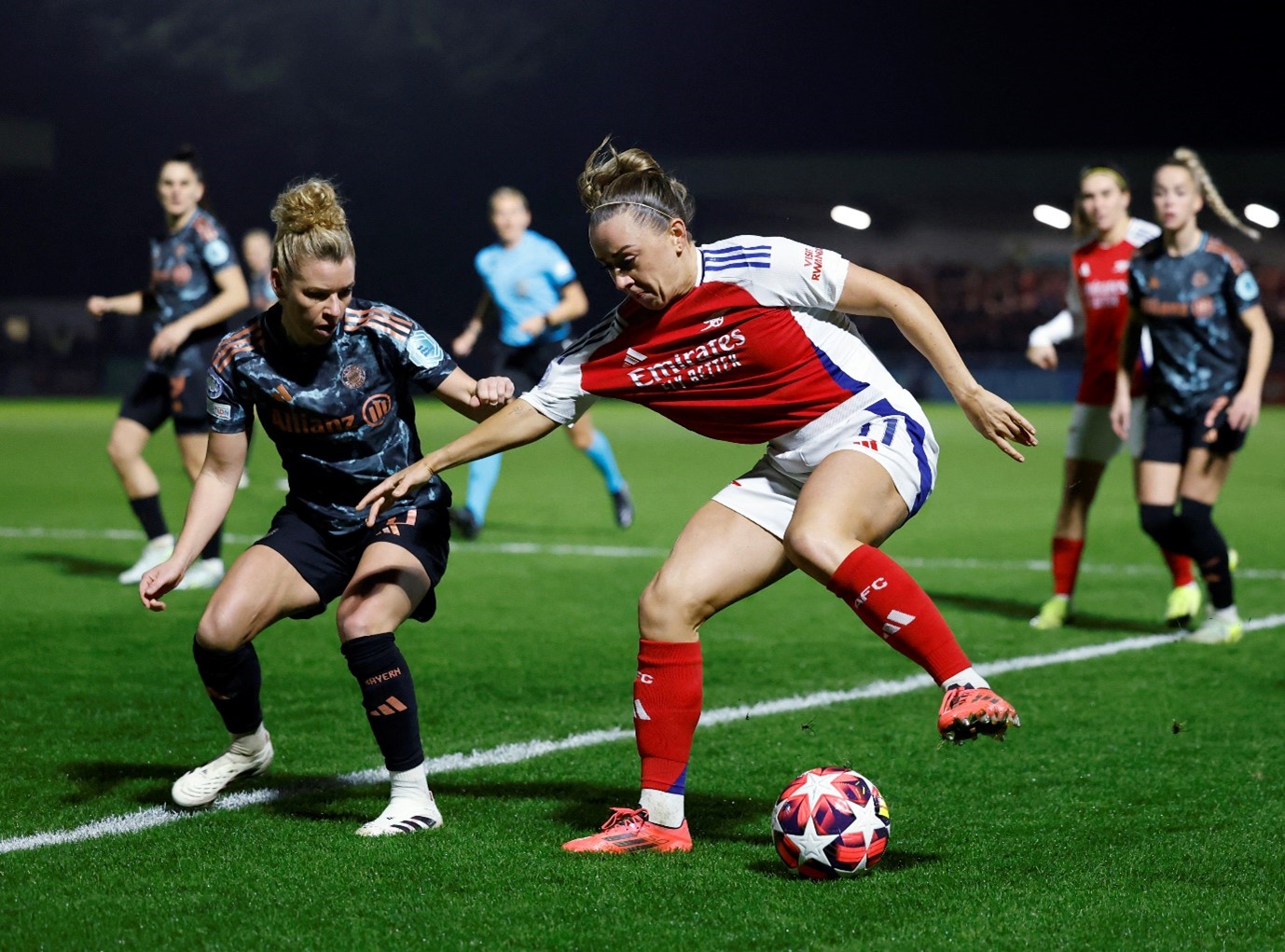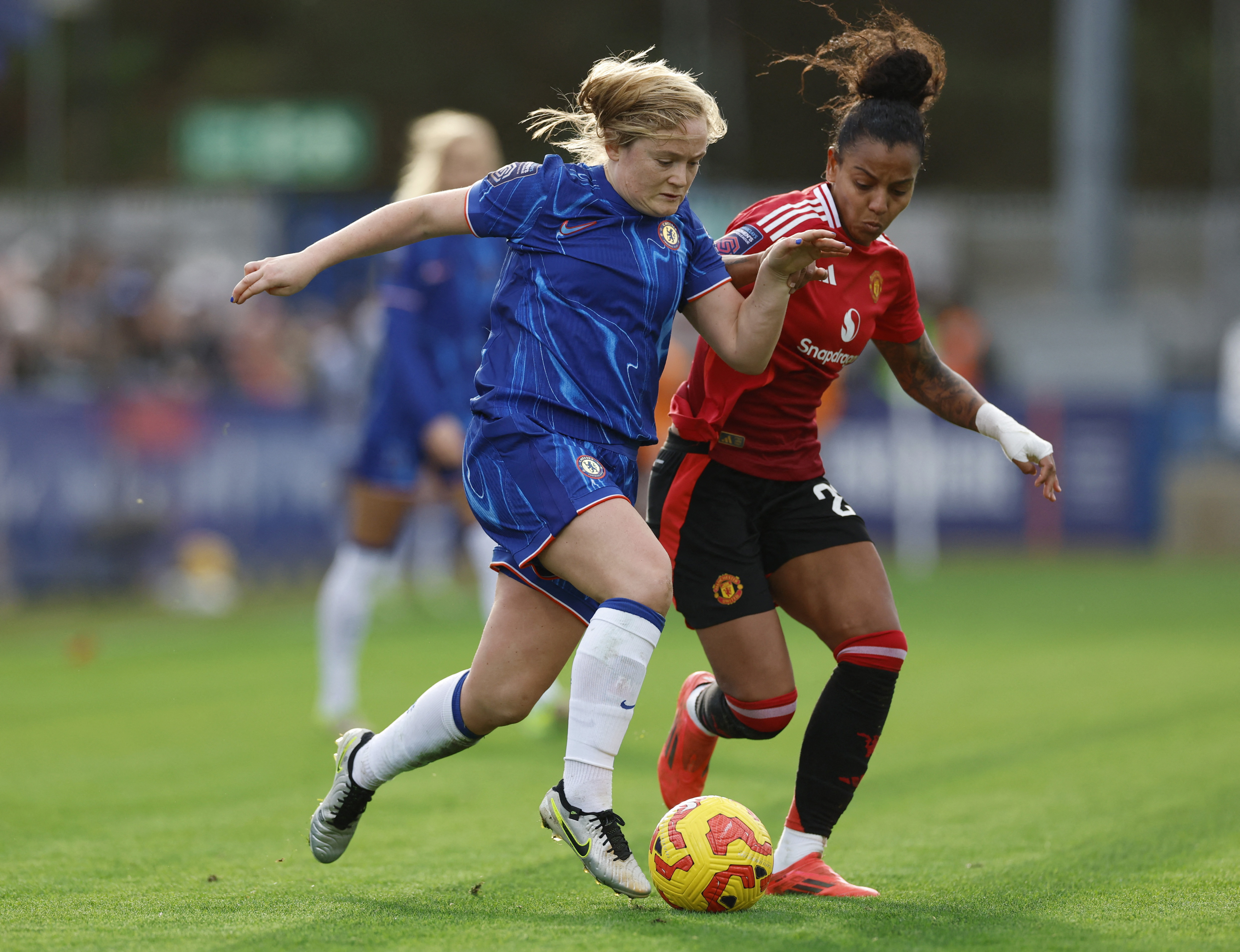You are viewing 1 of your 1 free articles
Baring soles: Why athletes should ditch the shoes for rehab

Up to 80% of runners suffer from an injuries at some time during their careers(1). Most injuries occur due to training errors, such as too much chronic load or increasing acute load too rapidly(1). However, a new narrative review attributes running injuries to the reliance on footwear.
The authors of the narrative review propose that it’s the relatively recent emergence of running shoes (introduced in the 1970s) that changed the evolutionary human running style and moved the ground contact from the mid-forefoot to the heel(2). The most recent study (2011) on foot strike patterns found that 88.9% of 936 half marathon runners demonstrated a rearfoot strike pattern, supporting previous findings that most runners hit the ground with their heel(3). The thought is that the mismatch between evolution and technology imposed an unnatural gait pattern on runners and weakened the strength, biomechanics, and synchronicity of the feet and lower limbs.
The theory is interesting; however, the data on the topic of foot strike is conflicting. It does not appear that a mid or forefoot strike has a protective effect on runners. The incidence of injuries occurring in rear or mid-forefoot strikers appears relatively equal(4). Therefore gait training to revise or change foot strike in runners may be futile.
That said, the authors present a compelling argument for increasing the variability of running experiences in the injury-prone or rehabilitating runner. It starts with their review of the sensory patterns on the plantar surface of the foot. Most of the plantar sensory receptors are located under the lateral side of the foot and toes. The input from these receptors modulates the motor output to keep balance within the base of support. Clinicians may overlook this aspect when working on the rehabilitation of balance after ankle and knee injuries. While working with wobble boards and unstable surfaces trigger the vestibular sensors, keeping feet shod dulls the cutaneous input. Therefore, incorporating barefoot work in balance training may improve an athlete’s sense of position.
Barefoot walking and running may also trigger more posterior chain engagement. Think about walking across a rocky beach to the water. One tries to minimize the pressure on the feet by moving the center of mass toward the toes and assuming a mid-forefoot strike. The forward center of mass triggers the posterior chain muscles to prevent falling. Weakness in these muscles is often implicated in running injuries.
Running barefoot also results in a shorter step length and increased hip and knee flexion. The joint flexion gives the muscles a greater mechanical advantage, and a shorter step length reduces impact forces at the knee(2). Shorter strides also help prevent knee valgus and hip adduction. Therefore, incorporating barefoot experiences during rehab might help runners with neuromuscular training of muscles like the glutes and hamstrings.
Those who grow up wearing shoes may show a reduced arch height(2). The supposition is that intrinsic foot muscles fail to develop fully when in a cushioned shoe. Spending more time barefoot and performing foot exercises can strengthen these muscles and raise the arch(2). Therefore, a guided program of barefoot activity may help those who suffer from such maladies as plantar fasciitis. The variability provided by barefoot running requires muscles to work differently, and may relieve tissues overworked by the same repetitive running experience in shoes(2).
Foot protection is often a concern for those new to barefoot walking or running. Luckily, the plantar tissue is fairly tough and resistant to puncture and abrasion. Callus development further protects the skin and doesn’t affect the cutaneous sensitivity(2). The increased visual vigilance and inspection of the ground also provides greater proprioceptive input and stimulates precontraction of posterior-chain muscles(2). Like any new activity, progress barefoot experiences slowly to allow the tissues to lengthen and strengthen.
Incorporating barefoot activities into rehab
- Recommend that the athlete spend more time at home barefoot (if they can do so safely).
- Perform strengthening and balance activities barefoot to help the athlete become more aware of the cutaneous sensations in their feet.
- Suggest the athlete try walking barefoot on more variable surfaces such as soft grass, sand, or sports turf. Start with 15-minute increments and increase time slowly as tolerated to stimulate strengthening of the intrinsic foot muscles.
- Educate the athlete that barefoot activities are a means to an end – a training tool, not a suggested gait modification.
- Progress to short easy running on grass, sand, or turf. Again, use this as a training tool to facilitate neuromuscular training for posterior chain musculature.
- Accompany barefoot activities with foot strengthening exercises.
References
- Br J Sports Med. 2007 Aug; 41(8): 469–480.
- BMJ Open Sp Ex Med. 2020;6:e000577
- J Sports Sci.2011 Dec;29(15):1665-73
- J Sport Health Sci. 2017 Jun; 6(2): 146–153
Newsletter Sign Up
Subscriber Testimonials
Dr. Alexandra Fandetti-Robin, Back & Body Chiropractic
Elspeth Cowell MSCh DpodM SRCh HCPC reg
William Hunter, Nuffield Health
Newsletter Sign Up
Coaches Testimonials
Dr. Alexandra Fandetti-Robin, Back & Body Chiropractic
Elspeth Cowell MSCh DpodM SRCh HCPC reg
William Hunter, Nuffield Health
Be at the leading edge of sports injury management
Our international team of qualified experts (see above) spend hours poring over scores of technical journals and medical papers that even the most interested professionals don't have time to read.
For 17 years, we've helped hard-working physiotherapists and sports professionals like you, overwhelmed by the vast amount of new research, bring science to their treatment. Sports Injury Bulletin is the ideal resource for practitioners too busy to cull through all the monthly journals to find meaningful and applicable studies.
*includes 3 coaching manuals
Get Inspired
All the latest techniques and approaches
Sports Injury Bulletin brings together a worldwide panel of experts – including physiotherapists, doctors, researchers and sports scientists. Together we deliver everything you need to help your clients avoid – or recover as quickly as possible from – injuries.
We strip away the scientific jargon and deliver you easy-to-follow training exercises, nutrition tips, psychological strategies and recovery programmes and exercises in plain English.

